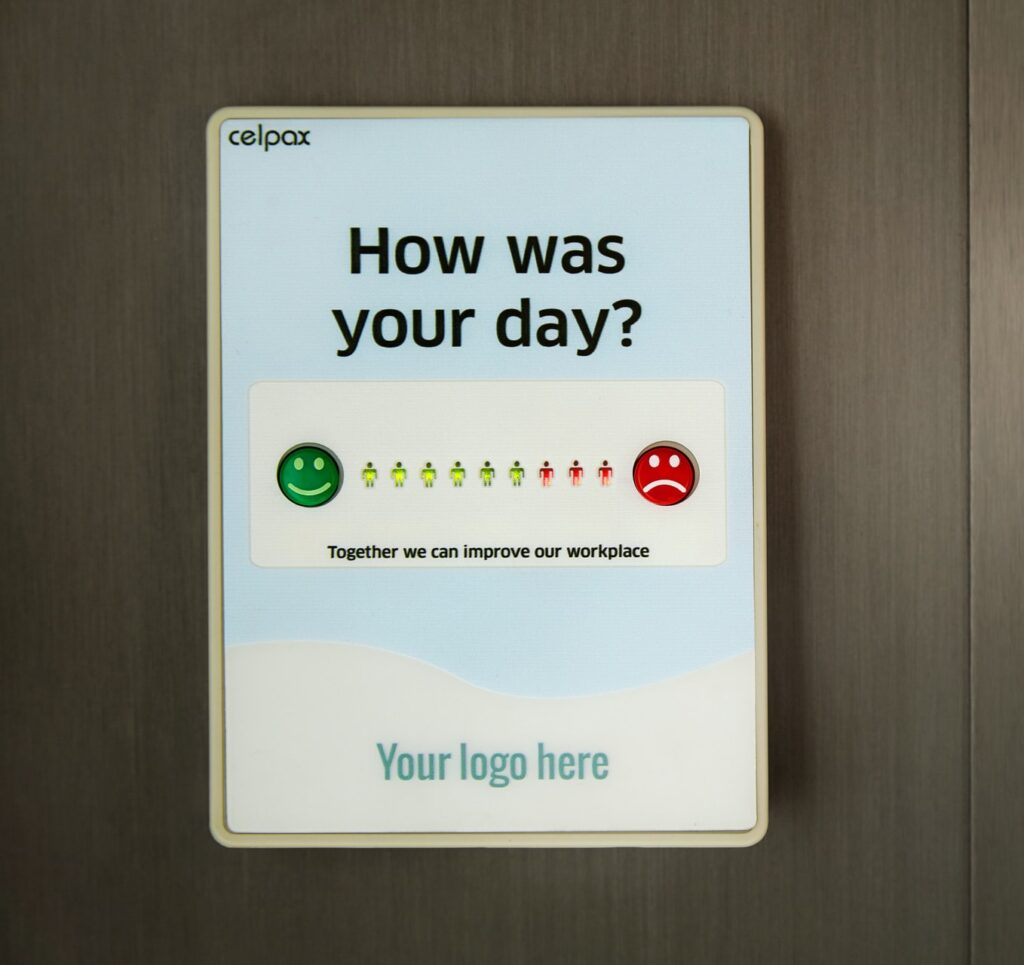3 Steps to Decrease Staff Turnover
Staff turnover is expensive, particularly for small businesses. When a team member leaves, you must spend time and money on rehiring and retraining them. In the meanwhile, you lose out on productive hours while your remaining team members scramble to cover their responsibilities. It’s possible (or even likely) that your customer service might slip during this time too, causing further financial losses. This blog post will explore actionable ways to decrease staff turnover at your business that you can implement today:
Step 1: Work out why your staff are leaving.
Knowledge is power, and when you know why your staff are leaving, you’re in a better position to decrease staff turnover. If staff turnover is a big problem for your business, it’s worth seeking feedback directly from your employees through anonymous workplace surveys and exit interviews. Where it’s not causing too many issues, but you’re interested in improving your practices, you may consider the common causes for staff leaving and assess whether they apply to your business. The most common reasons for employees leaving include:
- Poor management.
- Lack of career progression.
- Lack of responsibility.
- Poor working conditions.
- Dissatisfaction with pay.

Step 2: Decrease staff turnover by better meeting employee needs.
To address the most common reasons for staff turnover, you need to take a look at worker conditions, workplace culture, and promotion practices. Here are some tips that will help you make your business a better place to work:
- Offer (at least) market salary and perks, and provide clear guidance about opportunities for pay increases. If your team members know what it takes to get a raise or a bonus, they’ll be more motivated to do so. Conversely, staff can’t proceed with as much focus if those pay practices aren’t made clear.
- Provide training opportunities. Millennials in particular are motivated by career progression and personal development. Offering training can be mutually beneficial – your employees are more satisfied with their job (and less likely to leave) and you have higher skilled employees. It’s relatively easy to offer sales training, retail certifications, and cyber hygiene training to entry-level employees. Once employees have been in their positions for some time, you might offer first aid training (and the tax-free pay associated with it), leadership training, or advanced workplace skills training.
- Highlight career progression opportunities. Building on the previous point, your staff should be aware of opportunities they have to progress their career. While not everyone can be (or wants to be) a manager, there are plenty of ways you can reward long-serving and/or talented team members with increased responsibilities (and commensurate pay).
- Create opportunities for your staff to socialise! Whether it’s quarterly offsites, Friday night social events, or Christmas dinner, your team is more likely to stay loyal if they’re connected to the people they work with.
Finally, keep a careful eye out for signs of decreased engagement in your employees: taking more sick days, coming in late, increases in conflict, and changes in attitude towards work. The average employee waits 7 months to resign when they’re dissatisfied, so there is plenty of time to make changes that will encourage them to stay!
Step 3: Improve your hiring processes to decrease staff turnover.
Based on everything else you’ve learned, you can tweak your hiring processes to ensure you get the right people in the right jobs from the outset. You should ask questions about your employees’ future goals to work out what motivates them. Then, hire new staff based on whether they are motivated by your operational practices and compensation structure. Be sure to ask questions about their cultural expectations and ensure they align there, too.
If you need assistance navigating employee turnover or decreasing your operational costs, get in touch. We regularly engage in ‘planning days’ with businesses, where we take a look at your:
- Marketing and sales
- KPIs that fuel your business
- Finances
- Your people
- Workplace culture
- Vision and strategy
- Systems
- Products and services.





